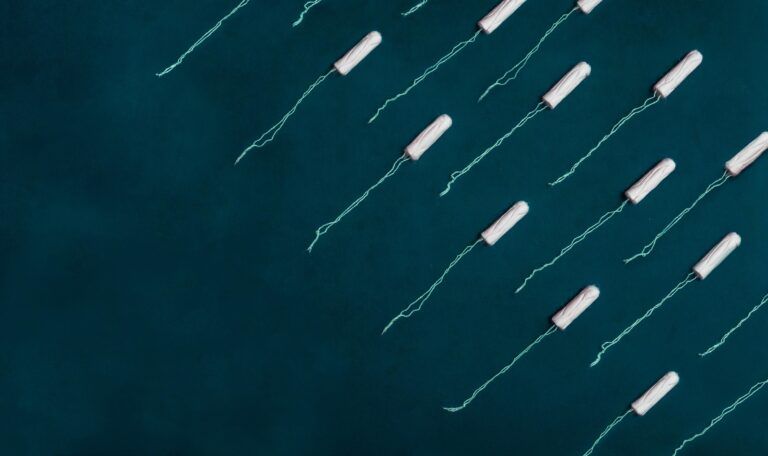Ovarian cysts are small fluid-filled sacs that develop in one’s ovaries. Most cysts are harmless, but some may cause problems such as rupturing, bleeding, or pain; and surgery may be required to remove the cyst(s).
In Chinese medicine cysts are considered an accumulation of phlegm and/or blood stagnation.
This is predominantly a Yin Pathology where the fluid accumulates due to an overabundance of water and phlegm. In treating cysts, the main treatment goal is to tonify the kidneys, transform dampness and phlegm, and move blood stasis.
Yang energy is required to encourage the break up of cysts. Yang is the warming and moving aspect of life. To boost Yang energy and decrease the sinking, heaviness of Yin energy, acupuncture, herbs, and dietary therapy are employed.
Acupuncture
Certain points along the meridians tonify Yang. There are many ways to do this. Many treatments are aimed at nourishing the Kidneys especially when the person is susceptible to cold, has back problems, weight gain, phlegm, and fatigue. Other treatments are geared towards raising the Spleen Qi especially if the person has digestive issues, insomnia, bruises easily, and feels fatigued. Additionally, it is important to move blood in order to disperse stagnation. I often use a heat lamp and castor oil packs on the abdomen to facilitate movement.
Chinese Herbal Formulas
Traditional Chinese Herbal formulas are a synergistic interplay of 5-20 herbs. Some warming herbs include Cinnamon bark and spices such as Tumeric, Cardamom, Cayenne Pepper, and Saffron. Some herbs that help eliminate phlegm and dampness include Barley and Orange Peel.
Dietary Therapy
Dietary therapy is an intrinsic element of Traditional Chinese Medicine. If you are trying to reduce the growth of cysts it is imperative to reduce or eliminate phlegm producing foods such as:
- Cheese
- Ice cream
- Soy
- Wheat
- Sugar
There are many different types of cysts. The following list is from the Mayo Clinic:
- Follicular cyst: This type of simple cyst can form when ovulation does not occur or when a mature follicle involutes (collapses on itself). A follicular cyst usually forms at the time of ovulation and can grow to about 2.3 inches in diameter. The rupture of this type of cyst can create sharp severe pain on the side of the ovary on which the cyst appears. This sharp pain occurs in the middle of the menstrual cycle, during ovulation.
- Corpus luteum cyst: This type of functional ovarian cyst occurs after an egg has been released from a follicle. After this happens, the follicle becomes what is known as a corpus luteum. If a pregnancy doesn’t occur, the corpus luteum usually breaks down and disappears. It may, however, fill with fluid or blood and persist on the ovary. Usually, this cyst is found on only one side and produces no symptoms.
- Hemorrhagic cyst: This type of functional cyst occurs when bleeding occurs within a cyst.
- Dermoid cyst: This is a type of benign tumor sometimes referred to as mature cystic teratoma. It is an abnormal cyst that usually affects younger people and may grow to 6 inches in diameter. A dermoid cyst can contain other types of growths of body tissues such as fat and occasionally bone, hair, and cartilage.
- Endometriomas or endometrioid cysts: Part of the condition known as endometriosis, this type of cyst is formed when endometrial tissue (the lining tissue of the uterus) is present on the ovaries. It affects people during the reproductive years and may cause chronic pelvic pain associated with menstruation.
- Polycystic-appearing ovary: Polycystic-appearing ovary is diagnosed based on its enlarged size – usually twice that of normal – with small cysts present around the outside of the ovary.
Acupuncture and Chinese medicine are highly effective, but you do need to allow time for the treatments to work. Even if you see an immediate improvement in energy, sleep, mood, etc. it often takes at least three months of regular treatments to change existing patterns of disharmony.






